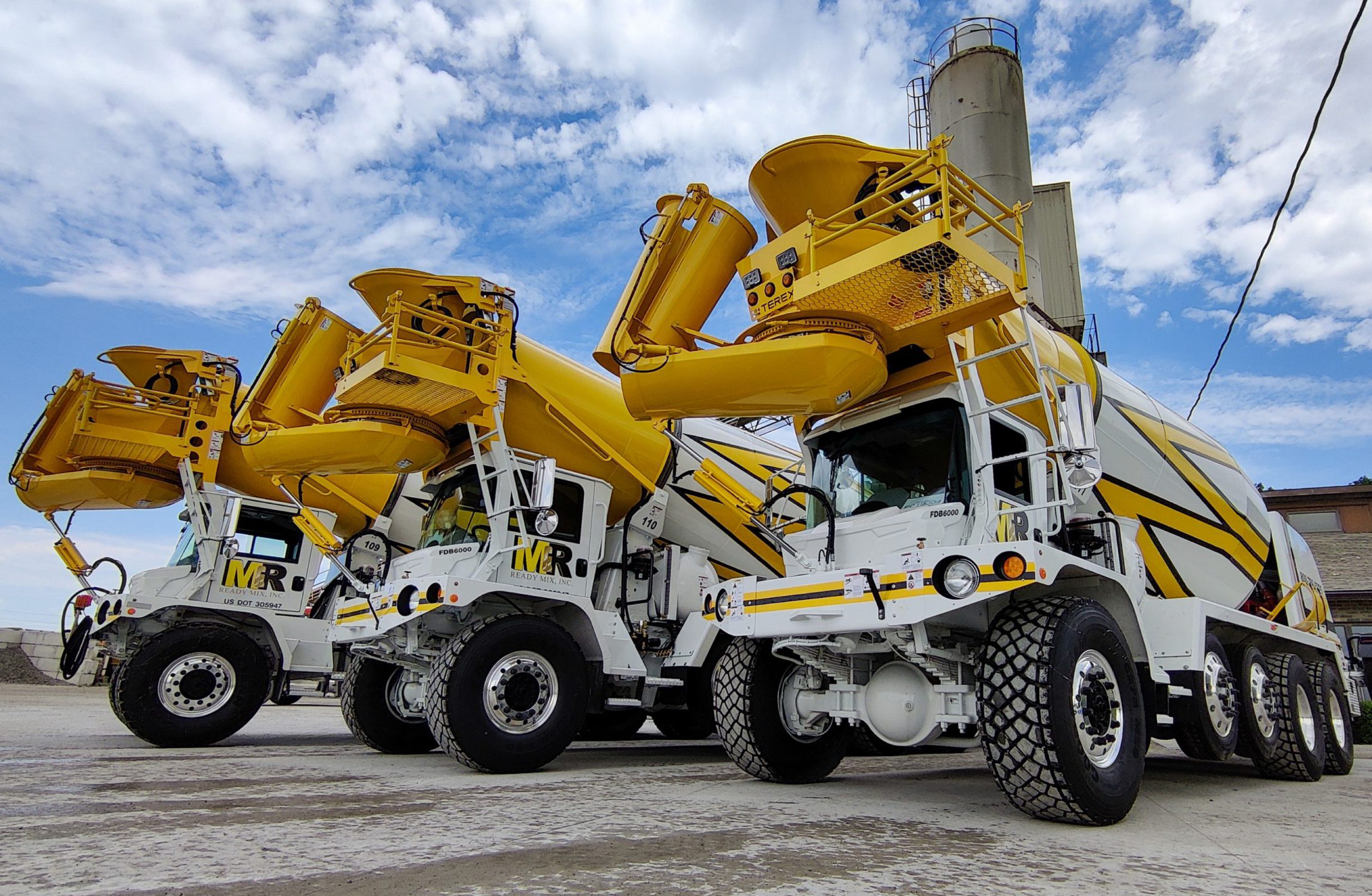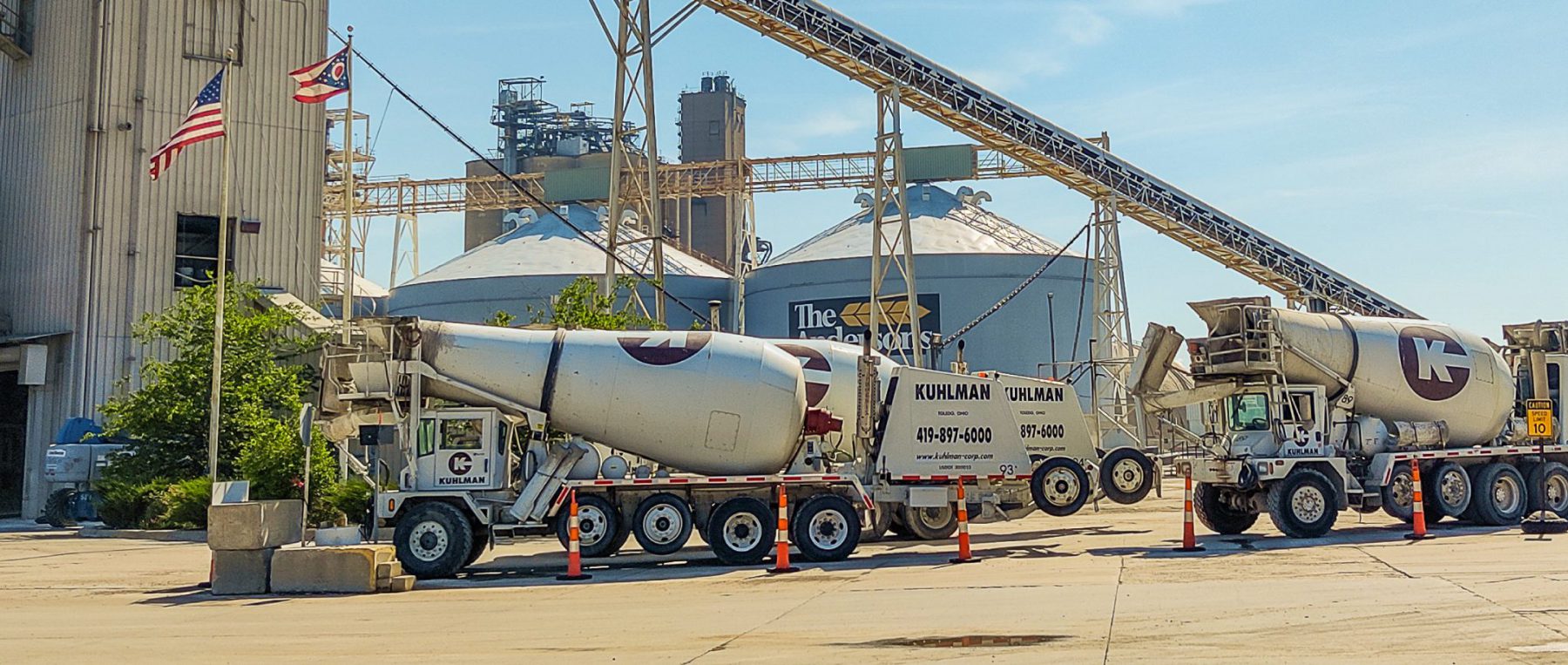CAREERS
Obtaining a CDL and Becoming a Truck Driver
A path to an in-demand job with great pay.

The sheer number of truck drivers currently headed towards retirement and the irreplaceable nature of the position sets up a real shortage and overall demand for licensed drivers.
Transportation is an essential part of the American economy as a whole. Without it, many businesses would cease functioning. Truck drivers fulfill the logistics of how products, materials, and other physical goods get from point A to point B.
“We’re facing a driver shortage that this country has never seen before,” said Instructor and Program Director Ray Puckett. “Baby boomers are retiring, so we’re seeing companies increasing wages, providing better benefits, and increasing the amount of time that drivers can spend at home.”1
In road construction, our industry requires time-sensitive materials such as asphalt pavement and concrete to be delivered to various jobs by truck drivers. Understanding that these multiple materials must arrive at the job site consistently for a project to progress is essential. For example, when a paving crew builds a new road, the paver can only continually lay down asphalt if it is full. Preferably, at least one truck full of material is always ready on-site.
Getting Your CDL
Becoming a truck driver requires getting a special license called a CDL, otherwise known as a commercial driver’s license. The path to getting a CDL varies from state to state but is often similar. It is important to note that different types of CDLs allow you to operate different kinds of vehicles. There are three different types, CDL A, B, and C.
You can also obtain certifications alongside your CDL that will make you a more qualified candidate for hire. For example, having a hazardous material certification in our industry is a big plus. Our managers like to see it when looking at a potential new hire.
There are different training centers that you can contact if you are interested in getting your very own CDL. Once you enroll in a training program, you will spend an allotted amount of time learning and practicing driving with these various commercial vehicles. It is also important to note; “Each type of CDL and endorsement requires that you pass a written test; some also require a skills test.”2
Click here for more information about obtaining a CDL.
Dump-Truck Drivers
A dump truck delivers hot asphalt to a paving job site. Several different kinds of these dump trucks exist, including ones with beds on hydraulics that raise and dump the product out of the back. Other types, called live bottoms, use a conveyor belt to feed product through the truck’s back without raising the bed. For these divisions of dump truck drivers, we require that applicants have a CDL A.
Truck drivers start their days at an asphalt plant, where they pick up their first product load. They head to the job site once they’re loaded and ready to go. When they arrive, they coordinate with the paving crew and flaggers, who direct them where to go based on traffic and the set-up of the job site.
Once the truck driver backs up to the paver to unload the hot asphalt, they must put their vehicle in neutral. The paver dictates the pace and pushes the truck forward. Throughout this process, monitoring all surrounding hazards, including any power lines, bridges, signs, or other things that can be overhead and around you, is vital. It’s also important to be aware of traffic because sometimes road construction occurs on a single lane of a multi-lane road, in which case the other lanes are still active.
Once the truck driver deposits the last of the asphalt material into the paver, it’s time to pull out of the work zone safely. After that, a driver would return to the asphalt plant and repeat this cycle until completing the workday or job.
Mixer-Truck Drivers
M&R Ready-Mix, which is the Gerken Companies’ concrete division, does things a bit differently. Concrete doesn’t behave the same as asphalt and can settle very quickly when getting to the job site. For that reason, we transport concrete products via mixer trucks.
A mixer truck is a vehicle with a large rotating drum that constantly agitates the concrete material inside to keep it from hardening. We utilize both front and rear dispensing mixer trucks at the Gerken Companies. A front-dispensing truck delivers its concrete via a chute with detachable segments extending or retracting its length. A rear-dispensing truck is the opposite and provides its concrete material from the back of the vehicle.
To become a mixer truck driver, one must at least acquire a CDL B, though it’s important to note that a CDL A will also work. Like operating any large machinery, one of the most critical skills is situational and environmental awareness. Hitting something—or, even worse, someone—is typically avoidable by taking time and keeping your head on a swivel.
A mixer truck driver gets material from a concrete plant, similar to how a dump truck driver gets asphalt from an asphalt plant. Concrete applications are broader because of their use in more than just road construction.
Because their applications vary, the delivery process can also differ. For example, a mixer driver would deliver their concrete at some job sites by dumping their product into a concrete pump. A labor crew would then use a large hose attached to a crane hooked up to this pump to disperse the concrete. That is common when pouring a large concrete pad for foundation work. Other times a mixer driver may even be filling up smaller wheelbarrows transported by manual labor to the work area on site.
The versatility and demand for truck drivers make getting a CDL an excellent career choice. Visit our Careers page for open driver positions today.


